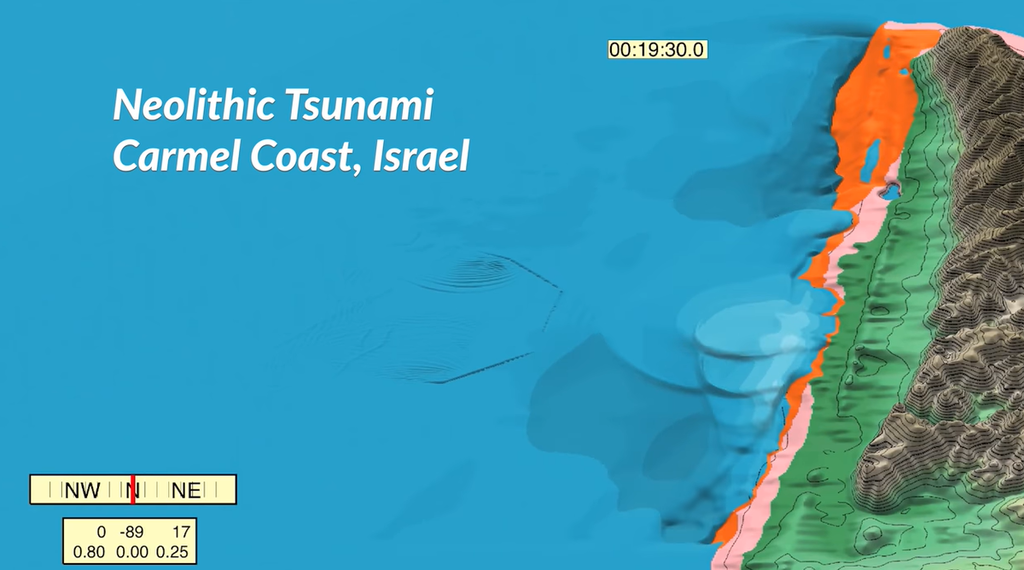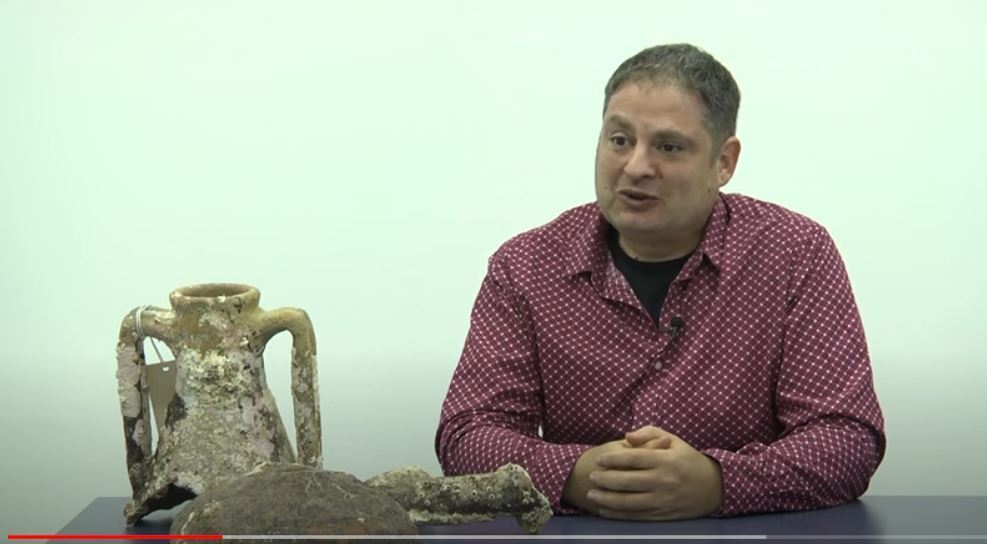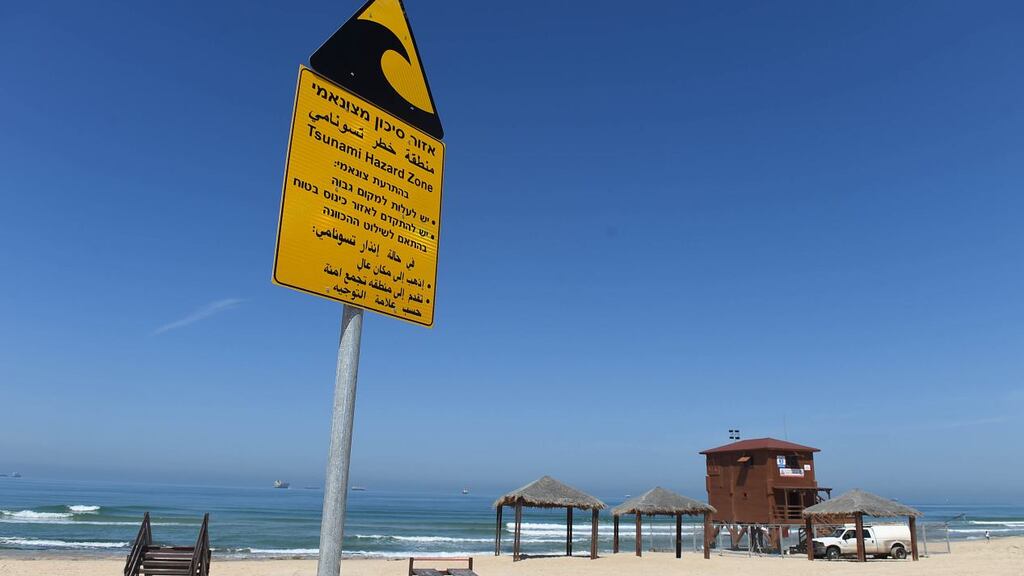A new study conducted by researchers from Israel and the United States show the shores of Israel were hit by a mega-tsunami nearly 10,000 years ago.
The study published in Plos One journal was based on excavations conducted in the area of Tel Dor, located along the Carmel coast of northwestern Israel.
It revealed tsunami debris from the early Neolithic period that is composed of marine sand embedded within fresh-brackish wetland deposits from the earliest documented Holocene tsunami event, between 9.91 to 9.29 ka (kilo-annum).
3 View gallery


The tsunami that hit the shores of Israel some 10,000 years ago
(Photo: Haifa University)
The findings indicate waves reaching between 16 and 40 meters high pounded the shores and reached a distance of 1.5-3.5 kilometers inland.
Professor Assaf Yasur-Landau, from the Department of Maritime Civilizations at the school of Marine Sciences at Haifa University, says sea level at the time was 16 meters below its current level and in order to reach so far inland the waves had to have been massively powerful, causing a catastrophic effect to the societies living there.
Tel Dor, currently positioned on the shoreline, was further inland at the time.
"It is very easy to find the evidence of a mega tsunami," Professor Yasur-Nordau told Ynet, "but imagine that evidence was found so far away from the ancient shoreline."
"The discovery was accidental," he says. "We set out to find evidence of climate change. We wanted to learn about climate in prehistoric periods. We uncovered plant pollen and animal bones and to our surprise, we found evidence of an earlier maritime event that should not have been there."
When asked if such an event could occur again, Yasur-Landau said it could.
"A tsunami, though not as prevalent, is just like an earthquake. Though both are very rare in the Mediterranean Sea.
"We found evidence of an earthquake that occurred 3,700 years ago that leveled a Canaanite fortress further north, near the Lebanon border. Earthquakes are much more dangerous and terrifying, but tsunamis are also a risk in the Med," he says.
"The importance of the study lies in the ability to identify such interconnected influences of catastrophic processes and their impact on prehistoric settlement regimes and cultural progression," he says.
"These were early farming settlements that had just begun raising animals and cultivating crops and the tsunami destroyed their fields, covered them with salt-water and damaged their cattle sheep and goat herds."
But interestingly the people survived.
"Their society survived and they rebuilt their economy and that is a positive message," Yasur-Nordau says.



